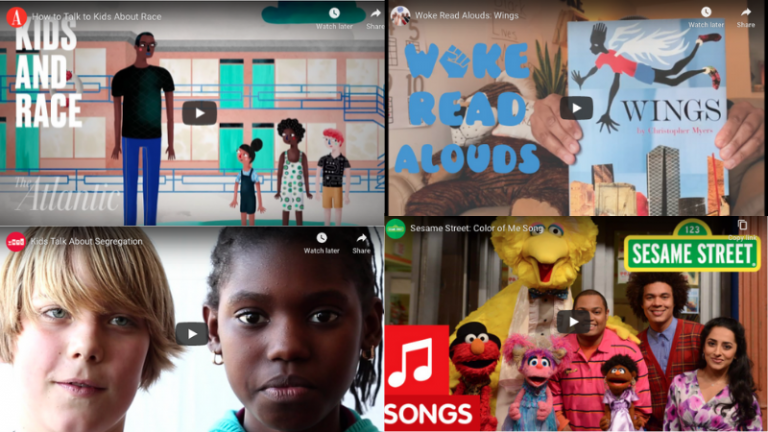Shortly after the quarantine in 2020, a stranger approached my sister on the streets of Portland. She was out for a run when a man stepped out of his doorway and told her not to go to an auto shop because it was owned by Chinese people. My half-Vietnamese sister then peered out from under her baseball cap, and he paused and said, “Wait? Are you from here? Are you American?” It was clear that anything to do with Asian was triggering for him, and she worried for her safety. It was, in a word, terrifying.
Yesterday’s spa shootings in Atlanta were a tragic and painful reminder that anti-Asian sentiment in this country has become both more pervasive and violent. As teachers, we have a responsibility to specifically address anti-AAPI racism with our students as part of our overall anti-bias work. To help you navigate these challenging conversations, we’ve put together a list of tips and resources for addressing anti-Asian discrimination.
Respond to anti-Asian bullying in the classroom
My sister isn’t alone. In the past year, Asian students have had classmates say they don’t want to sit next to them, so they don’t get the coronavirus. Or they’ve been cornered on the playground and blamed for everyone having to wear masks. As teachers, we must interrupt this type of behavior and language every time it occurs. Ignoring it gives it your tacit approval.
Teach students to be upstanders
We also need to empower our students to speak up when they witness hate and bias at school. We love this Speak Up at School guide from Learning for Justice, for example:
Dig into the history of anti-Asian racism
Anti-AAPI racism isn’t anything new in this country. From “yellow peril” to the “model minority,” we need to educate ourselves about the history of anti-AAPI racism in this country. Do your homework:
- PBS News Hour: The long history of racism against Asian-Americans in the U.S.
- National Geographic: America’s long history of scapegoating its Asian citizens
Understand the coronavirus connection
While it’s not new, we need to recognize that anti-Asian sentiment has certainly grown with the COVID-19 pandemic. But how was the neutral disease racialized? A well-written lesson plan is a good place to start exploring this question:
Feature AAPI voices and stories
While we absolutely want to avoid content that perpetuates stereotypes, we must also be careful that our narratives about AAPI people don’t all center around oppression and injustice. We must also highlight Asian American individuals for their historic and cultural contributions:
- 16 Asian American Heroes Our Kids Need to Know About
- Asian Americans and Moments in People’s History
Harness the healing power of kindness
It’s important, especially with students, that we also embrace messages of hope. The Smithsonian Asian Pacific American Center created a beautiful activity around the theme “Kindness Heals.” It includes decorating a face mask, writing a letter about the future, and identifying a support network.
Cultivate a welcoming environment
Prevention is key here. First, do the work to make your classroom a place where differences are respected and celebrated. Encourage your admin to adopt an enumerated anti-bullying policy and/or issue a statement in support of AAPI students and families. And make sure your school leaders see this:
For further resources addressing anti-Asian discrimination and other anti-racism lesson plans, be sure to subscribe to our newsletter.
Plus, 21 Anti-Racism Videos to Share with Kids.


